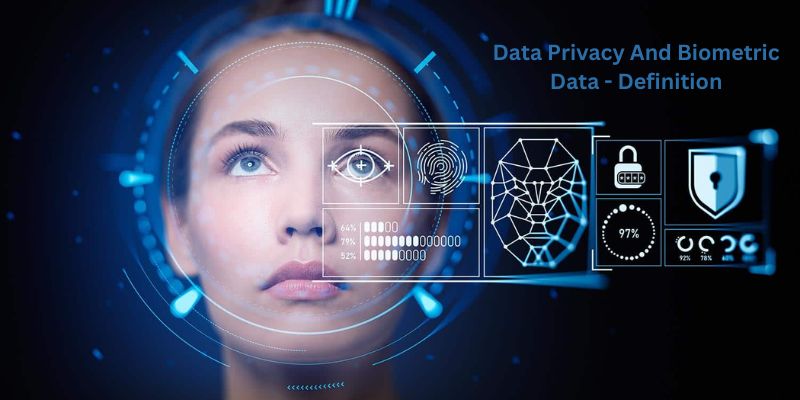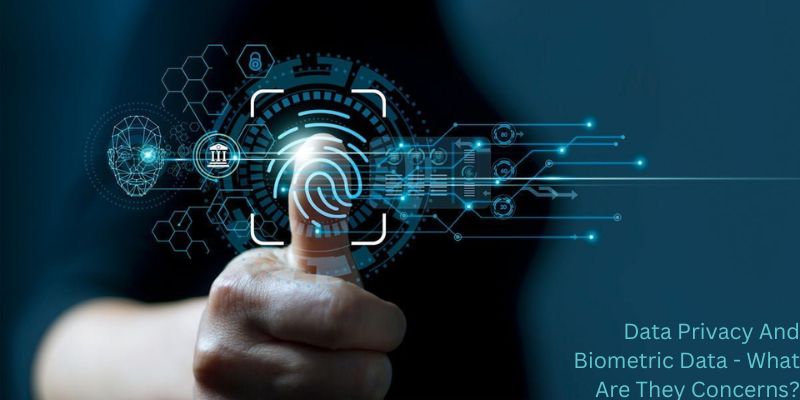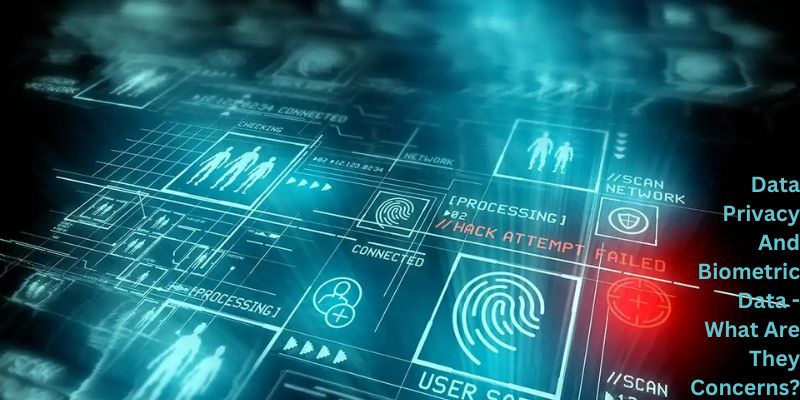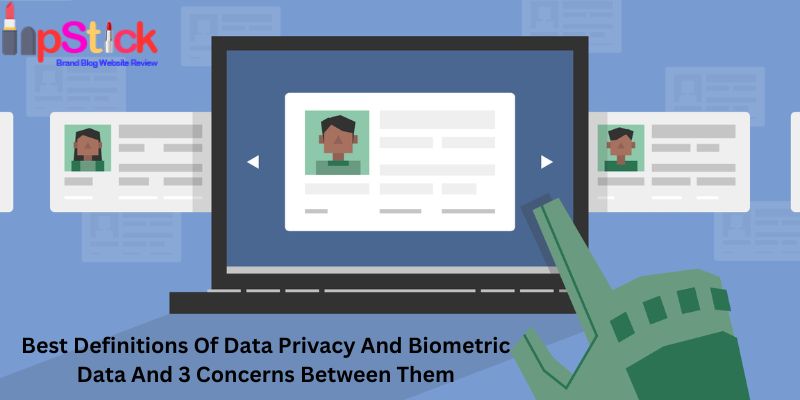Data privacy and biometric data – these two topics have been making headlines and sparking discussions worldwide. As technology advances and becomes more integrated into our daily lives, the need to protect our personal information has become increasingly crucial. In this blog, lipstickbr.com will explore the complex landscape of data privacy, with a specific focus on the use and implications of biometric data. Brace yourself for a thought-provoking journey as we delve into the intricacies of this fascinating and sometimes controversial subject.
1. Data Privacy And Biometric Data – Definition

Data privacy has been a hot button issue in information security during the last few decades. We now live in a digital realm because of dematerialization. People have historically been worried about their privacy. The concept of personal data privacy is changing completely in response to the dematerialization of culture.
Information privacy, or data privacy, is a branch of security that focuses on personal data. Information gathering, sharing, and usage are all governed by data privacy. The correct management of private data, including financial and proprietary information, is a key problem.
Biometric information is essentially biological information on the distinct behavioral and physical traits of each people — the “stuff” that makes us both human and unique. There are several forms of biometric information, including DNA (found in blood, skin, bone, saliva, and urine), Voice matching, fingerprints, Iris pattern, facial photos and recognition, body part shapes (such as the shape of your ear), and retinal pattern are some more methods of biometric identification.
Behavioral traits, or an individual’s distinctive manner of acting and behaving, are a less evident form of biometric data. These include the way we walk, the way we type on a keyboard, the pressure we use when we sign our names, and other patterns that might be particular to a person. Databases may be used to compile and store all of this data, sometimes with or without our awareness.
If you are interested in similar topics with data privacy and biometric data, you can also refer to Data Privacy And User Profiling
2. Data Privacy And Biometric Data – What Are They Concerns?

Utilizing biometric data to identify and authenticate people has a number of advantages. To begin with, biometric information is present on every person, making it truly global. Unless the person has an injury that destroys a bodily component, it is distinct and it is permanent. Biometric data is often simple to measure, record, and store and does not need the user to take anything with them or remember anything, unlike a password or other form of identification.
If you aren’t the star of a Mission: Impossible movie, it’s also exceedingly hard, if not impossible, to forge. Then, the narrative changes.
Although there are unquestionable advantages to employing biometric data for identity and verification, there are also issues. Large databases are being created by businesses and the government to hold the biometric information of their clients, workers, and citizens as it becomes more widespread. These databases are vulnerable to hacking attempts or usage for objectives unrelated to those for which the information was gathered.
Furthermore, there is still a Wild West element at work as only a small number of states have passed biometric privacy regulations. How are the data being collected and utilized? What are the boundaries? Can you sell it? Because of the nature of biometrics, it is essentially the most “personal” personal data that is currently available, and it is incredibly unclear whether or not the laws have kept up with the field’s rapid development.

The most private secrets, information, bank accounts, and other things can be accessed if biometric data is stolen or duplicated. A smartphone that is programmed to open using a facial scan, for instance, can be unlocked using the owner’s picture. Using facial recognition and cameras that are visible to the public, governments may monitor people’s movements. It is now possible to locate an innocent person at a crime scene because to the problem of “deep fakes” that uses artificial intelligence and biometric data combined.
On the other hand, such data is not perfect, and errors can occur, such as when a photo is incorrectly recognized as Individual A, who is then detained for a crime they did not commit based on a facial recognition “match.”

